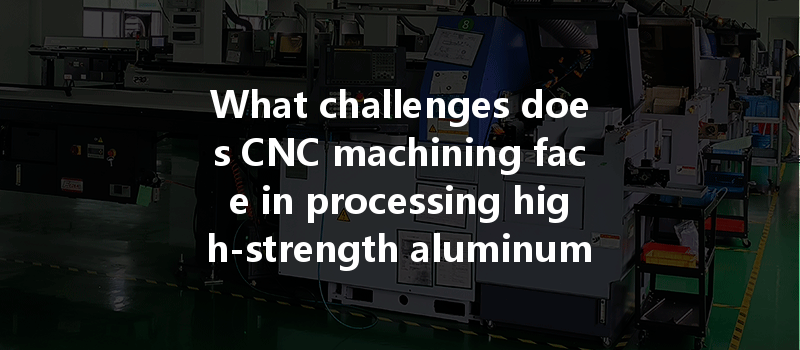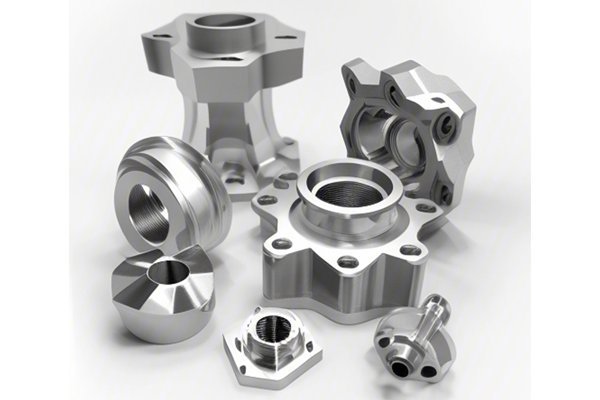: The Rise of High-Strength Aluminum Alloys
Did you know that aluminum alloys are crucial in modern engineering, particularly in industries like aerospace and automotive, where lightweight structures are essential for fuel efficiency and performance? According to industry reports, the use of aluminum alloys is projected to grow significantly, fueled by the increasing demand for lightweight components. However, while high-strength aluminum alloys offer numerous advantages, they also pose significant challenges during machining. This blog will explore these challenges and provide detailed strategies to effectively overcome them in CNC machining, ensuring that manufacturers can harness the full potential of these remarkable materials.
Understanding High-Strength Aluminum Alloys
High-strength aluminum alloys, such as 7075 and 7050, are prized for their exceptional strength-to-weight ratios. Unlike traditional aluminum alloys, these specialized materials are alloyed with elements like zinc, copper, and magnesium, enhancing their strength and durability. Unfortunately, these improvements often come at the cost of machinability. The harder the alloy, the more stubborn it becomes during the machining process, resulting in increased tool wear, longer cycle times, and the potential for reduced surface quality.
Challenges in CNC Machining High-Strength Aluminum Alloys
Strategies for Overcoming Machining Challenges
To successfully machine high-strength aluminum alloys, it is essential to employ a combination of techniques and best practices. Here are some strategies that can be adopted:
Investing in the right tooling is the first step in overcoming machining challenges. High-performance cutting tools specifically designed for aluminum alloys can reduce wear and improve efficiency. Consider the following options:
To achieve optimal machining performance, it is crucial to finely tune your machining parameters. This includes:
Proper coolant application is essential when machining high-strength aluminum alloys. Coolants can help manage heat generation, reduce tool wear, and improve surface finish. Here are some recommendations:

Managing chip removal is vital to avoid workpiece damage and improve machining efficiency. Effective chip control strategies include:
Ensuring a stable and rigid setup is essential for producing high-quality parts. Consider the following:
Advanced Techniques and Innovations
As technology advances, so do the methods for overcoming CNC machining challenges. Some innovative techniques include:
High-speed machining has gained popularity due to its ability to reduce cycle times and improve surface quality. By employing advanced CNC machines capable of high-speed operations, manufacturers can achieve better results with high-strength aluminum alloys.
Adaptive machining systems use real-time data to optimize machining parameters dynamically. These systems can help prevent tool breakage and improve surface finish by constantly adjusting cutting speeds, feeds, and coolant flow based on feedback during the machining process.
In some cases, combining CNC machining with additive manufacturing can improve overall production efficiency. Components can be built up using additive techniques before undergoing CNC machining, allowing for better material utilization and reduced waste.
: Navigating the Frontier of CNC Machining High-Strength Aluminum Alloys
Machining high-strength aluminum alloys presents its challenges, but with the right strategies, tools, and technologies, manufacturers can successfully navigate these complexities. By investing in high-performance tooling, optimizing machining parameters, effectively managing coolant and chips, and ensuring machine stability, businesses can produce high-quality parts that meet stringent industry standards.
Ultimately, understanding the nuances of machining high-strength aluminum alloys will not only lead to improved production efficiency but also position companies to meet the growing demand for lightweight and durable components in competitive markets. In pursuing excellence within this dynamic field, it is imperative to remain adaptable and innovative, embracing new techniques and technologies as they emerge.
In sum, this blog highlights valuable strategies tailored to help manufacturers master CNC machining of high-strength aluminum alloys. Remember, as industries evolve and demands increase, so too must our approaches to overcoming challenges, making it more essential than ever to invest in knowledge and skills that sustain growth and success.






